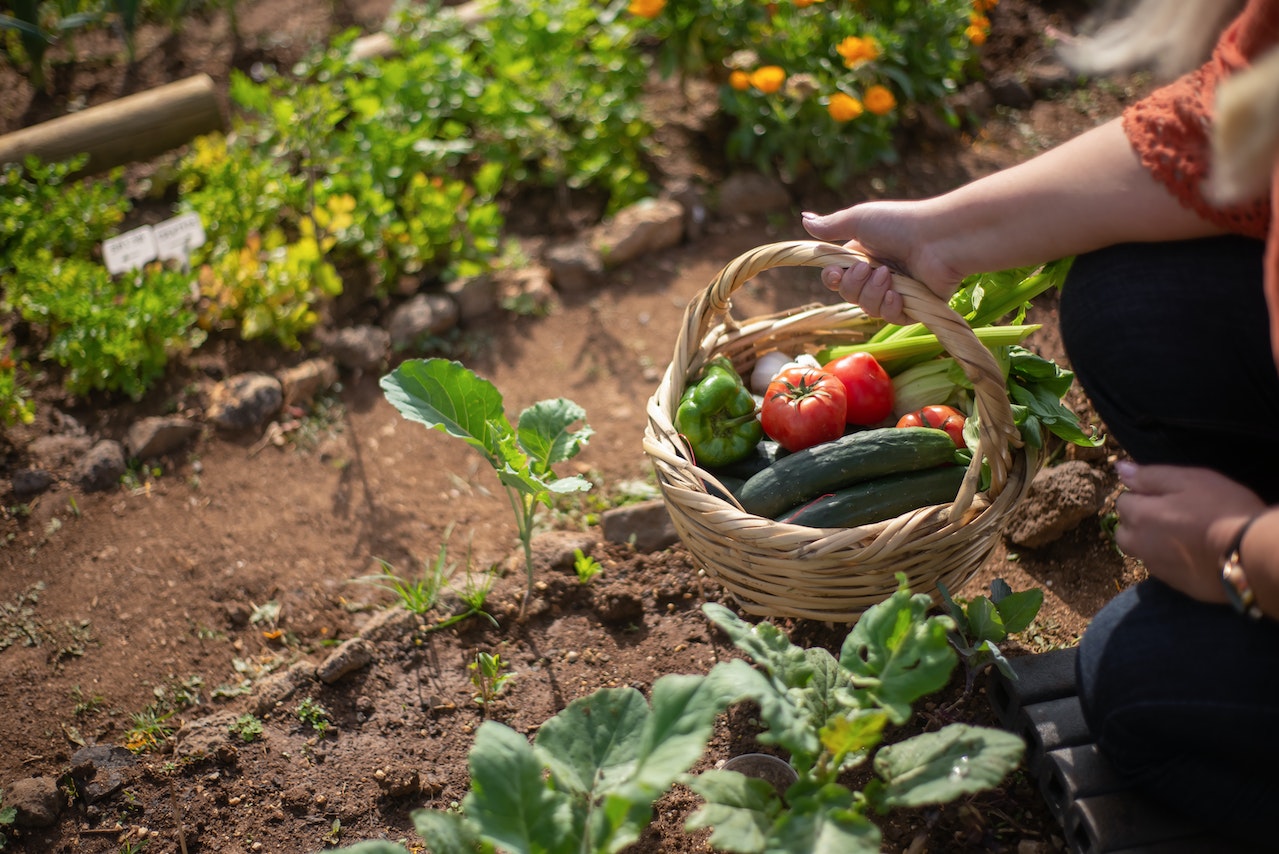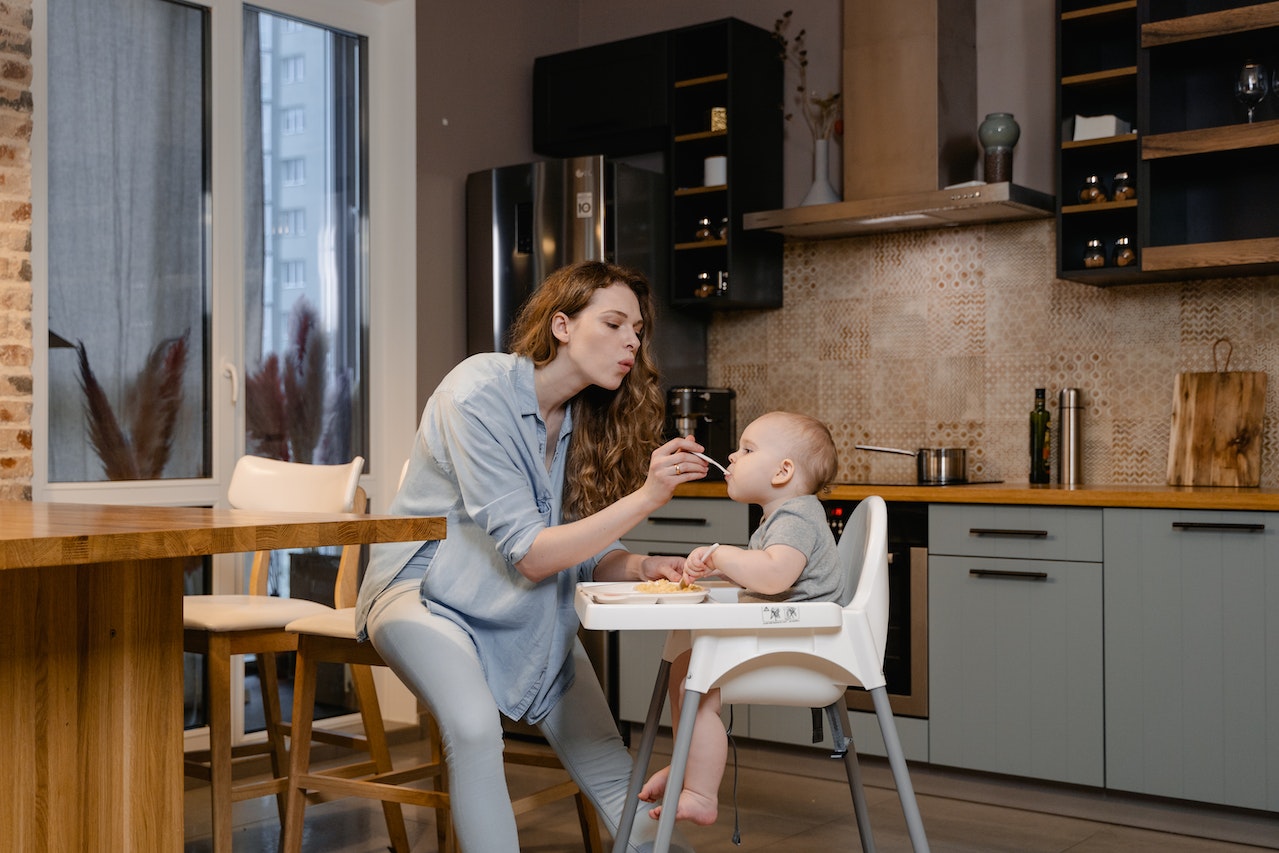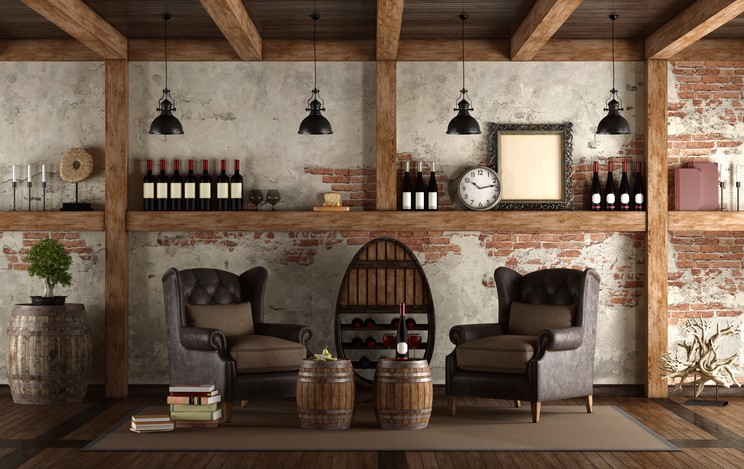If you’ve ever pictured yourself walking peacefully through your own garden, harvesting lush veggies in the sun, it might be time to turn your dream into reality. Vegetable gardening has become much more common in recent years, especially at home.
Table of Contents
Benefits of growing your own food
Tips for growing food in small apartments
Do’s and don’ts when growing food
How can I help reduce food waste?
Benefits of growing your own food
There are many reasons why growing your own food is a fantastic way to enrich your daily life. Here are a few reasons to embark on a gardening journey:
- Reap the rewards of better mental health – Gardening and spending time outdoors have been shown to reduce stress and improve overall mental health. Many of us struggle to find time to devote ourselves to self-care amidst the jumble of responsibilities life throws our way. What better way to do something nice for yourself while providing nourishing and fresh meals?
- Save green by being green – The average American spends $45.25 each month on fresh fruit and veggies. Compare this to the cost of a few packets of seeds, and you’ll find significant savings.
- Live a more sustainable lifestyle – Food waste is a real problem in the US, with the average family wasting $371 per year on spoiled produce. Growing your own veggies, herbs, and spices allows you to control when and how much you harvest.
Environmental benefits
- Reduce your carbon footprint – Commercial fruits and vegetables are not generally grown locally. Fossil fuel is burned when ships, planes, and trucks deliver produce to your local supermarket. Growing your own food means that the only fuel you’ll be burning is your own calories.
- Reduce water use – Large-scale gardens make their profit by ensuring they’ll have lush produce on schedule, which means they use huge amounts of water to keep their fruit and veggies healthy. You’ll have to be diligent about watering your home garden, but the amount you’ll use overall is much less, especially if you grow species native to your area.
- Use fewer pesticides and insecticides – Along with using large volumes of water, commercial gardens use pesticides and insecticides to protect their product. Home gardeners can utilize other strategies to prevent pests, which helps reduce the number of chemicals in your food.
Financial benefits
- Save money with less food waste – Food waste adds up quickly. With your own garden, you’ll be able to control what you grow and harvest, resulting in fewer rotten veggies in your crisper drawer.
- Pay less at the grocery store – Picture what your grocery list would look like without a stop in the produce section. Fruit and veggies are expensive, and having your own garden means a lower grocery bill.
- Preserve food for the winter – If you’re canny, you’ll find tons of tips and strategies for food preservation on places like YouTube, Pinterest, or TikTok.
Health benefits
- Mental health – Gardening gives you a built-in reason to spend time outdoors, where you can relax, unwind, and get some vitamin D while growing beautiful produce.
- Improved nutrition – Growing your own vegetable garden is a perfect way to enrich your diet with bright, healthy produce. A rainbow of colors on your plate means you’re getting a variety of vitamins and minerals, resulting in a healthy diet.
- Variety in your recipes – Sometimes, we grow veggies that we wouldn’t usually buy in the grocery store because they’re beginner-friendly, easy to grow in your climate, etc. You’ll find yourself searching for new recipes when you have a harvest full of fresh produce on hand.
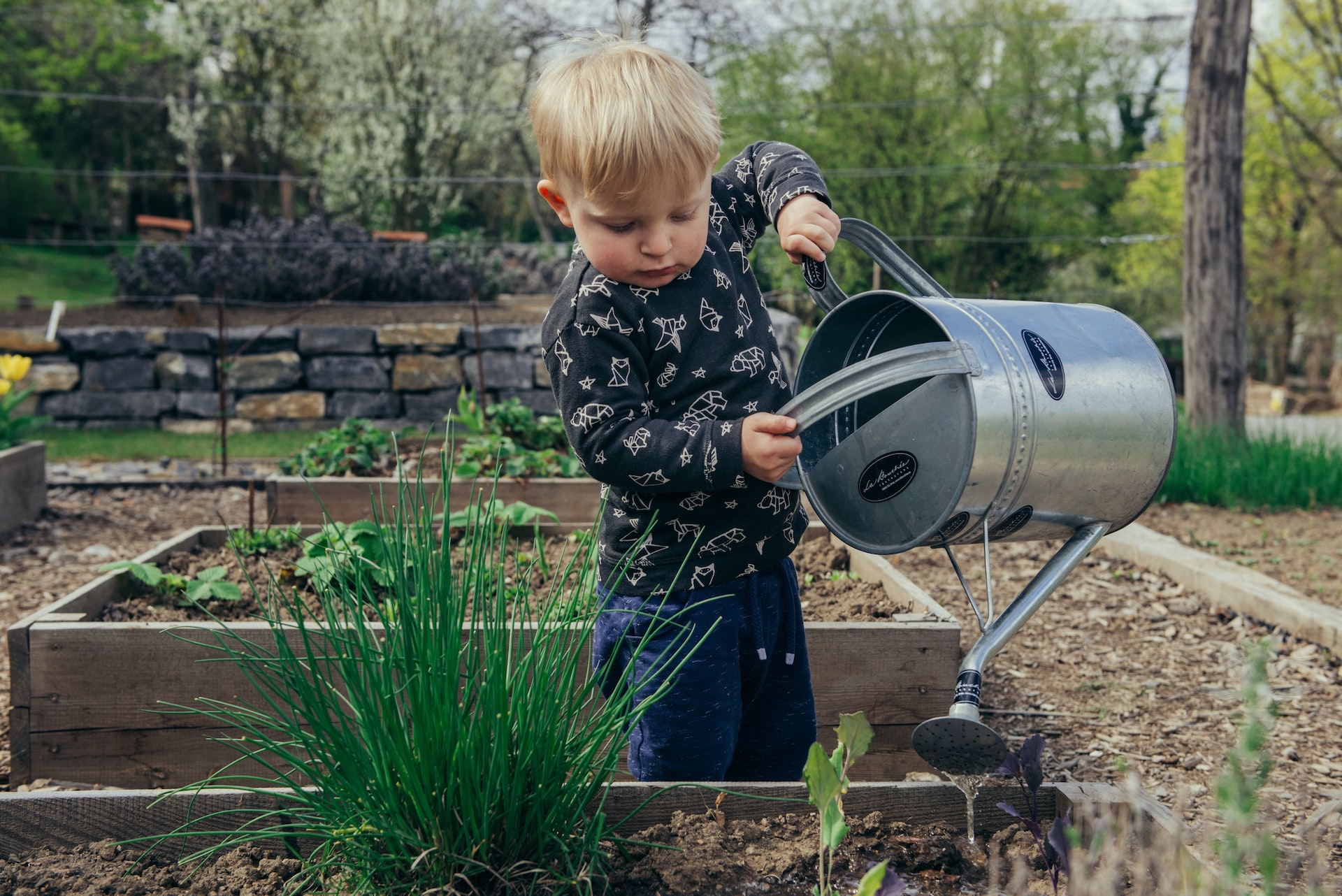
Getting started
Location
Determine what location in the house is the best to grow your food
Indoor
- Kitchen – Frequently, our kitchens are bright and sunny rooms with lots of natural light, perfect for growing an indoor garden.
- Greenhouse – Small indoor greenhouses are an inexpensive way to help you to maintain a garden and source heating over the cold winter months. With three of four shelves and a clear plastic cover, tiny greenhouses are great for growing things like lettuce, herbs and spices and spices, and green onions.
Outdoor
- Garden – If you have the space to dedicate to a garden plot, this is a great way to maximize your growing area while keeping it safe from critters like rabbits and deer who might snack on your garden.
- Backyard – Even if you have a small backyard, you can find space to put in a couple of raised beds or a small plot of land for a garden. Raised beds are a great DIY project, or you can always hire a handyman to build them for you.
- Patio – A patio that gets plenty of sun could be the perfect place for your garden. Even small patios can accommodate pots to grow things like potatoes, carrots, lettuce, and peas.
- Rooftop – Rooftops are often great places for an urban garden since they get plenty of sun and rain. Plan for a water source since not all rooftops will have a water tap available.
Find the sunlight
One of the most important factors for your garden’s location is the amount of sunlight. While some veggies like partial shade, most need a lot of sun to grow to their optimal size.
Know your soil and climate (microclimate)
Find out what USDA zone you’re in. This tells you what will grow best and when to plant and harvest in your area.
In addition, try to find out what type of soil you have. Certain areas will tend to have more acidic or alkaline soil, which will help you decide what to cultivate or if you need to consider soil additives to balance things out.
What you need
Starting an edible garden doesn’t require a ton of new supplies, but there are a few basic things that you’ll want to have on hand to get started.
Have the material ready
- Pots
- Seeds
- Seed starter pods
- Soil
- Trowel
Select your plants
Depending on what zone you’re in, your garden will do best with certain veggies. Some are easy to grow, no matter where you are. Here’s a quick list of some easy ones to get you started.
- Potatoes
- Beets
- Green onion
- Lettuce
- Kale
- Swiss chard
- Carrots
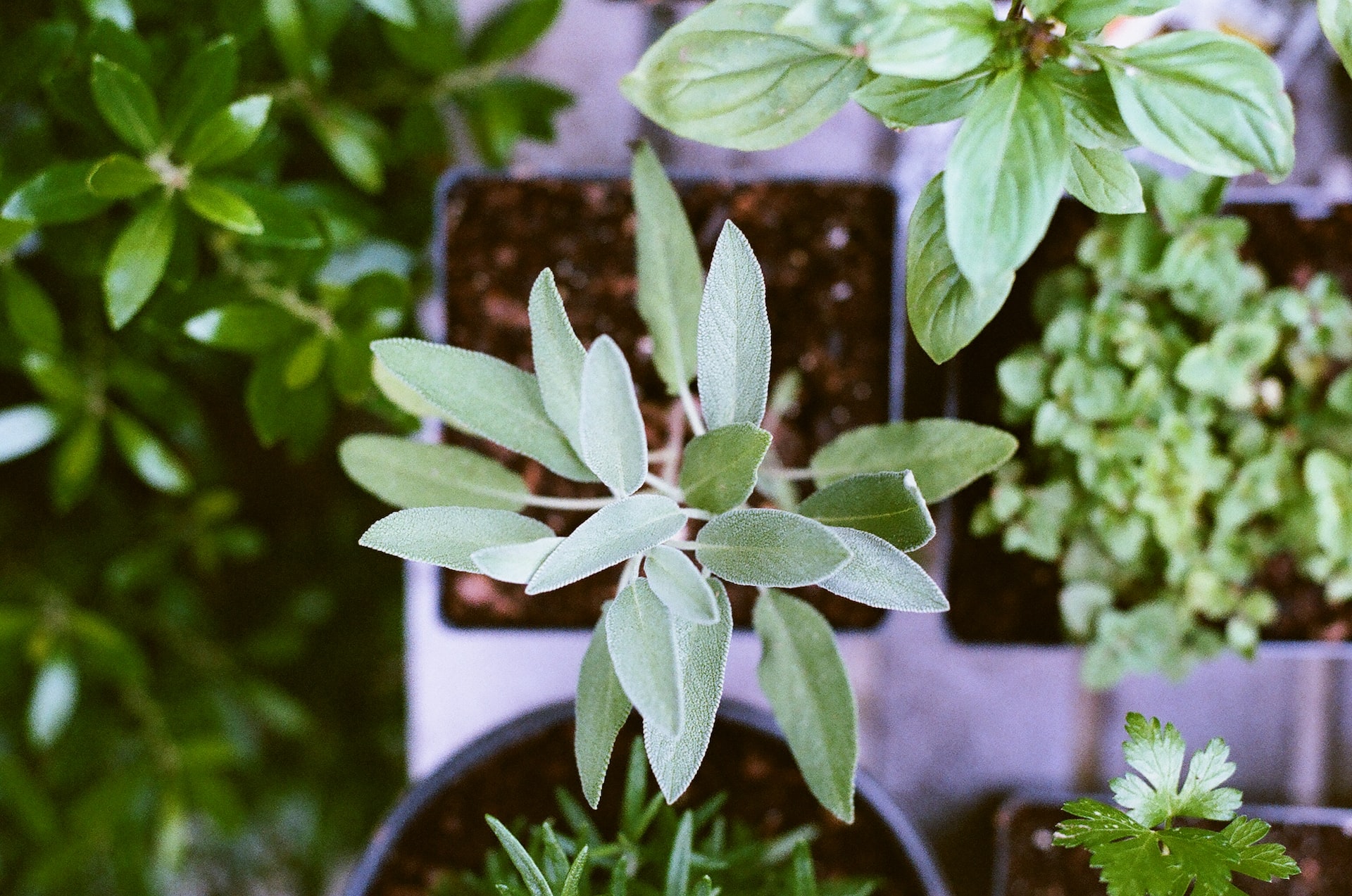
Stages
Plant
Root vegetables like potatoes, beets, and carrots are great for beginners. They’re pest-resistant and must only be watered regularly until harvest time.
If you have a growing season or two under your belt and want to expand your horizons, try plants like peas, beans, and onions.
Once you have some gardening experience, you might want to start growing veggies like cucumbers, squash, and tomatoes. You could start with these, but they require more attention to ward off critters and ensure they’re getting enough water and sunlight to grow hearty produce.
There are some basics that everyone should know for successfully growing your food.
- Keep seeds and small plants separated by type to prevent the spread of disease and overcrowding.
- Plant your seeds at the time of year based on the specific species so that they grow before it gets too cold.
- Use quality garden soil and fill your garden bed or container about halfway full, then cover the seed or roots with soil until it reaches the top.
- Water your plants regularly, but don’t overwater them, or it could cause root rot.
- Use eco-friendly pesticides to protect your plants from getting destroyed by pests.
- Cut away the dead parts of your veggies to encourage new growth.
Grow
Root vegetables are easier to grow because they’re less likely to be plucked and gobbled down by birds, deer, or rabbits. With enough sunlight, water, and well-draining soil, you’ll be harvesting root veggies by late summer.
Plants like lettuce and kale are good choices for beginner gardeners. They require some attention to make sure they’re not burning in the overly hot sun or being snacked on by critters, but they’re hearty and easy to grow.
Tomatoes can be finicky, requiring the right type of soil, fertilizer, and heat to produce juicy and delicious fruit. In addition, you’ll need to carefully guard tomato plants against hungry animals that pass through your garden.
Harvest
Potatoes are easy to harvest and allow you to replant and grow another crop. Once you sift through your current crop, choose the small potatoes and replant them again. This can be done right away if you have an indoor place to grow, as potatoes do not require a lot of sunlight.
If you purchase heirloom tomato seeds – which are slightly more expensive than conventional seeds – you’ll be able to dry the seeds to grow new plants. Conventional tomato seeds are genetically modified and will not produce new fruit.
You might wonder what to do with your bountiful harvest if you grow herbs and spices. Most herbs and spices will freeze and stay wonderfully fresh, giving you homegrown ingredients throughout the year. Consider drying them and creating herb blends, so your harvest doesn’t go to waste.
Post-harvest
Save recipes for your garden veggies – As you plan your garden, save recipes that use your home-grown produce. That way, when you harvest, you’ll have plenty of ways to use your fresh produce.
Can vegetables – Canning is a simple and easy process and can be a fun family activity. With some simple items, you can preserve your garden veggies all year.
Freeze herbs and spices – Herbs like parsley, dill, thyme, and rosemary freeze wonderfully. Dice them and put them into ice cube trays with melted butter and then store the frozen cubes to use in recipes, or roll the herbs into a log shape and slice off what you need from the freezer as you go.
Dehydrate herbs – Make sure your harvest is utilized by dehydrating herbs and spices and creating blends.
Tips for growing food in small apartments
- Use all your window space
- Ask if you have access to your rooftop
- Get an indoor greenhouse
- Build a garden trellis
Do’s and don’ts when growing food
Here are some do’s and don’ts to help ease the process of growing your own food.
- Do start small. You don’t want to get overwhelmed.
- Do research on what grows best in your zone. Each zone is different, so set yourself up for success by learning what grows well where you are.
- Do water on a set schedule. It can be easy as a beginner to forget to water frequently enough, so setting up a watering schedule may help.
- Don’t try to grow exotic plants right away. If you live in Wisconsin, it’s probably not a great idea to pin your gardening hopes and dreams on a crop of avocados. Native plants will be the easiest to grow; you can branch out as you learn.
- Don’t get discouraged if you lose some of your crops. It’s normal to have certain crops fail for several reasons. It happens to everyone, and you’ll learn next time.
- Don’t buy a ton of fancy equipment when you’re starting out. Gardening is simple, but it may seem complicated with all the doodads and gadgets out there. Once you figure out your needs, you can invest in specialized equipment.
I don’t want to grow my own food or feel inadequate. How can I help reduce food waste?
If you feel like the above-described process is a bit too complicated or you simply don’t have the time to get started yet, there are still some ways you can contribute to an environmentally friendly future. Here are some tips to help you reduce food waste at home.
- Store food correctly – When you’re putting food in your fridge, pay attention to how it’s best stored. For example, you can extend the life of carrots and celery by placing them in water in a jar.
- Preserve foods you don’t often use – If you’re frequently buying a bunch of parsley or cilantro only to use two sprigs and throw the rest out, find handy ways to freeze herbs and reduce waste.
- Donate things you’re not using – It’s easy to overlook those cans and bottles collecting dust at the back of your pantry. Take some time once a month and donate unused items to a food bank. Your kitchen will be less cluttered, and you’ll be giving back to your community.
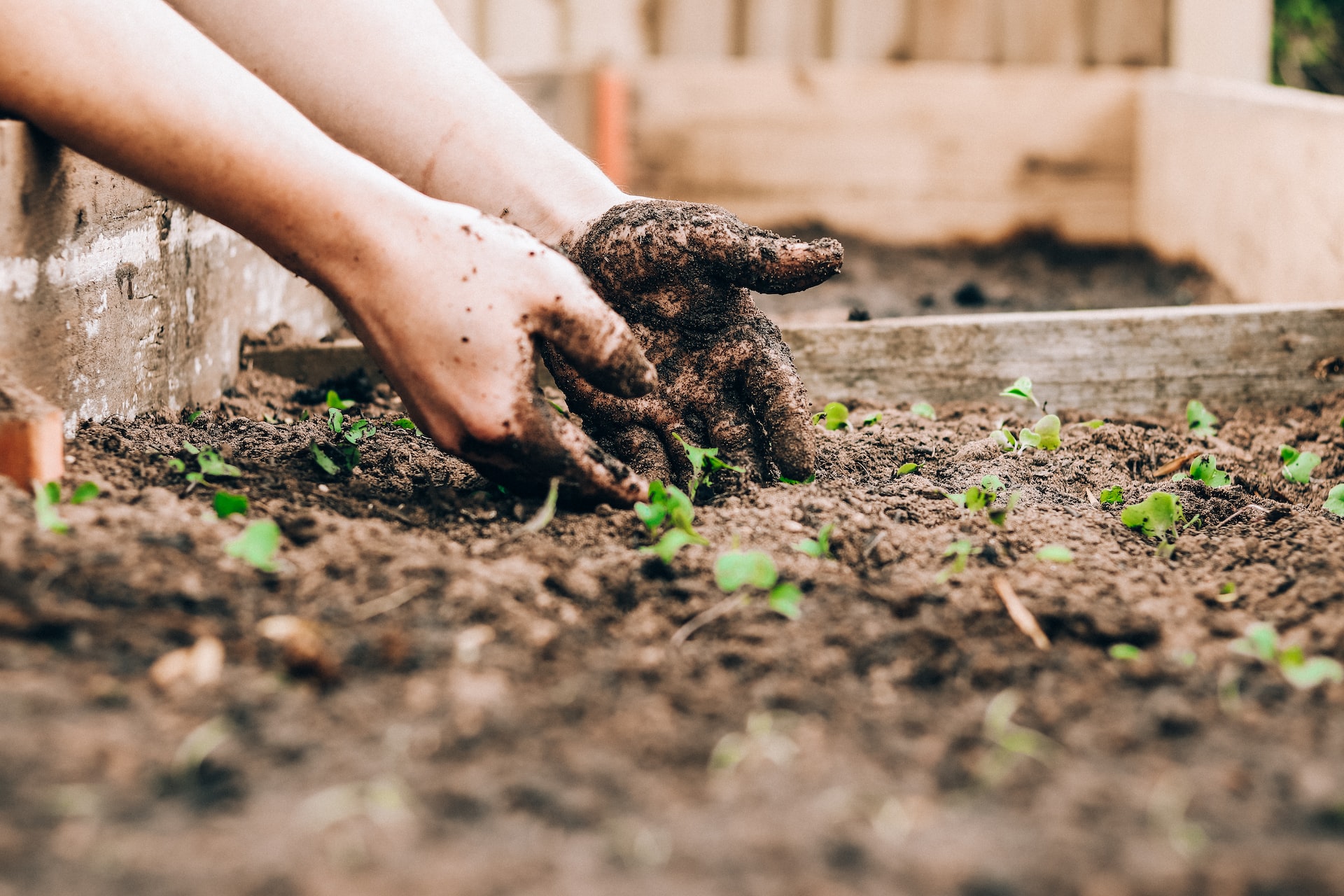
Starting your own vegetable garden is immensely rewarding, but you don’t need to go all in immediately. Start small if this is your first attempt at gardening. Small raised beds or pots will let you test the waters. Chances are, your love for gardening will grow right alongside your new plants.
